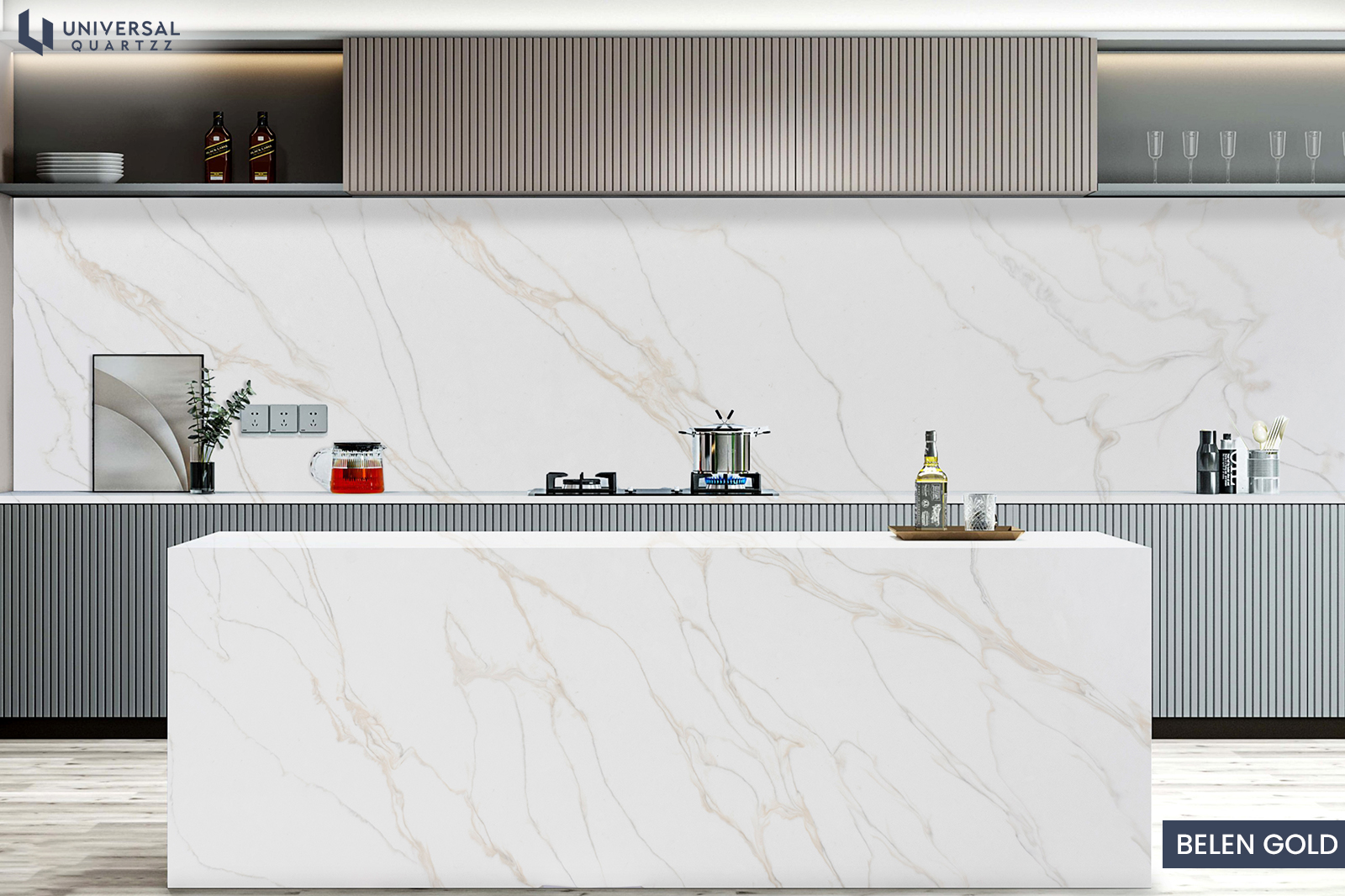Is there a difference between quartz countertops and other materials? Which countertop material is best: Quartz or Granite? Of course, the answer is “It Depends”. After explaining the differences many people prefer Quartz. “Quartz” in context to this discussion is a man-made countertop product more accurately described as “engineered stone”. So with a decision to go with Quartz the next question is: “Is there a difference between Quartz products?” Answer is yes and now we’ll discuss what we know from our experience, our vendors and outside news sources/press releases.
When considering a kitchen or bathroom remodel, think about what is most important to you. Do you prefer achieving the end product by cutting corners to save money OR selecting products that will live up to your expectation? Homeowners and contractors walk hand-in-hand during the remodeling process. Many homeowners rely on the expertise of their contractor to help them make the best decision.
This year, there’s been a lot of discussion around quartz countertops, especially when it comes to trade and politics. The U.S. Department of Commerce has decided to place extra taxes on some quartz products coming from China. These taxes are meant to protect American businesses from “dumping” — which means selling products at a super low price to take over the market unfairly.
Since 2015, the amount of Chinese quartz coming into the U.S. has skyrocketed. In 2015, it was valued at $167 million, but by 2017, that number jumped to $460 million. And in just the first nine months of 2018, it reached over $526 million! This massive increase in Chinese quartz has pushed out over $1.2 billion worth of U.S.-made quartz products from the market.
The new taxes aim to level the playing field and give U.S. companies a better chance to compete.
Why Quartz?
Why is quartz displacing granite in the marketplace? Well, quartz countertops are non-porous and sealed during the manufacturing process. This means that bacteria, mold and liquids no longer have a safe haven in or under your countertops. Since this is a man-made product, you have more say in removing imperfections you find when viewing slabs.
An increase in demand has opened the gates for Chinese imports. If the supply is low, dealers have a means to provide product at a cheaper cost. While Chinese and U.S. quartz countertops look similar, there are stark differences that homeowners and contractors need to be aware of: resin pooling, inconsistent material quantities and thicknesses, dye lot inconsistency and potential volatile organic compounds.
What’s the difference?
Quartz countertops are a popular choice for kitchens and bathrooms due to their durability and beauty. Unlike natural stone, quartz countertops are engineered products, made up of 93% quartz and 7% resin and dyes. This composition offers several advantages over natural stone surfaces like granite, particularly in terms of color consistency and strength.
U.S. trade laws specify the quartz to resin ratios which all North American manufacturers strictly follow. Some Chinese quartz manufacturers aren’t following that standard. You might have higher quantities of resin or dyes in your imported slab than actual quartz. This can lead to the countertops bending during transport. What can also happen is an inconsistency in slab thickness due to the inadequate ratios. 3cm slabs are the norm in the U.S. but you might not receive that thickness from Chinese imports.
In conjunction with material quantities, dye lot inconsistencies can also arise, especially in quartz slabs. Homeowners typically have more control over the color consistency of their quartz, but there are some risks, especially when dealing with certain manufacturers. For instance, if Chinese quartz manufacturers don’t adhere to U.S. trade laws and guidelines for material ratios, the result can be unpredictable. You might purchase a slab that changes in color or pattern more quickly than expected. One key issue is the resin content: if there’s more resin than the proper ratio, it can significantly affect the pigmentation of the slab, leading to inconsistencies in color and appearance over time.
Who is taking action?
Due to the large amount of uncertainties from Universal Quartzz, a leader in U.S. quartz manufacturing, is fighting to ensure that free trade and fair trade are at the forefront of the U.S. While this could spike prices and bring the supply of quartz down, in the long run it is protecting homeowners and contractors.
Remember – you get what you pay for. Be sure you do it right the first time and don’t be afraid to press your contractor with questions.




